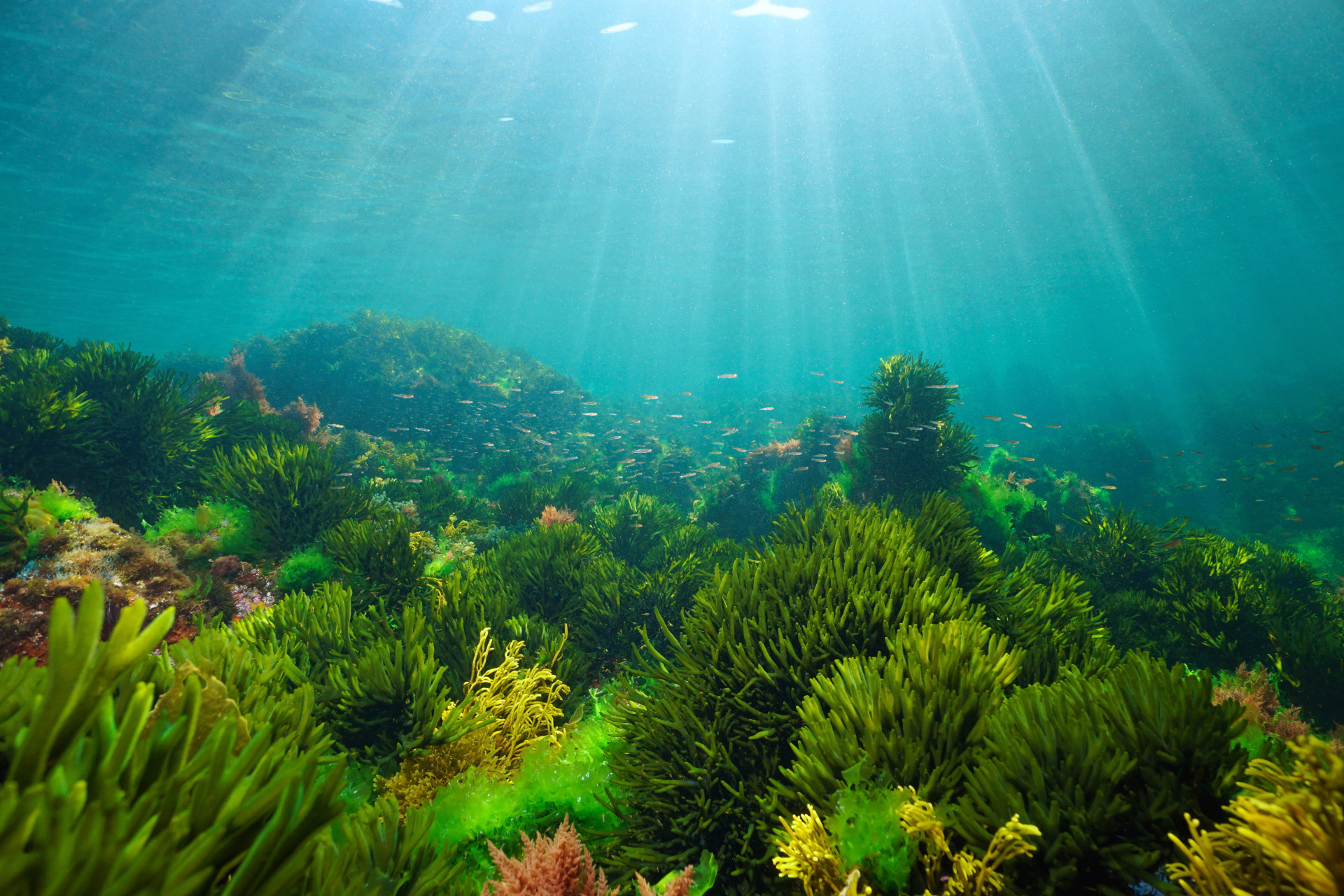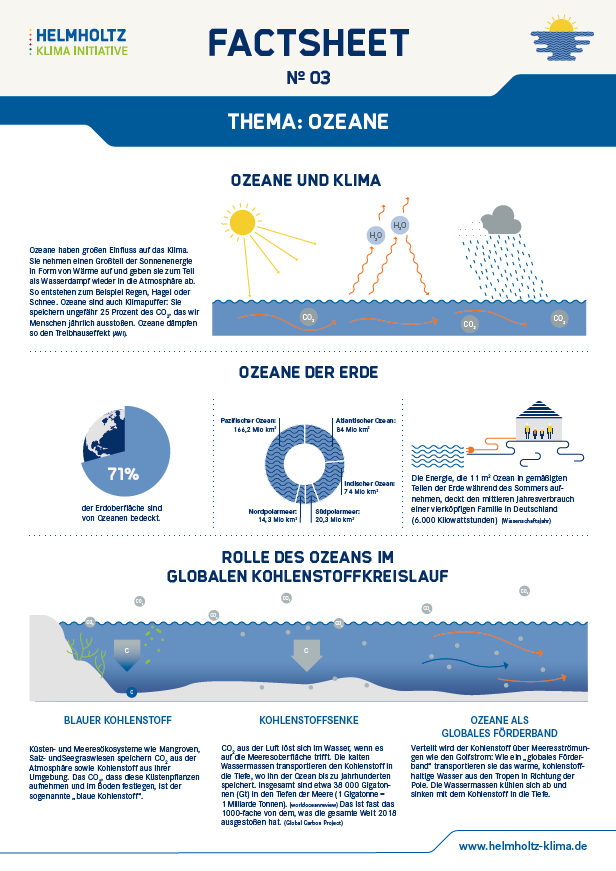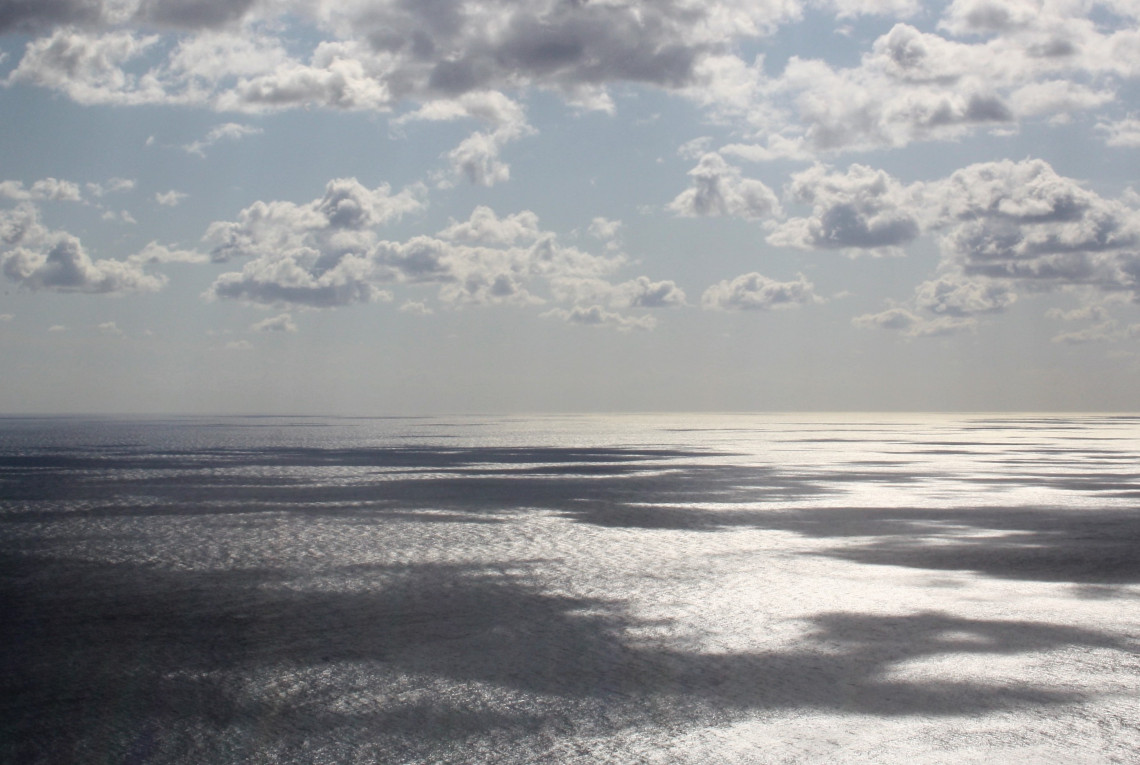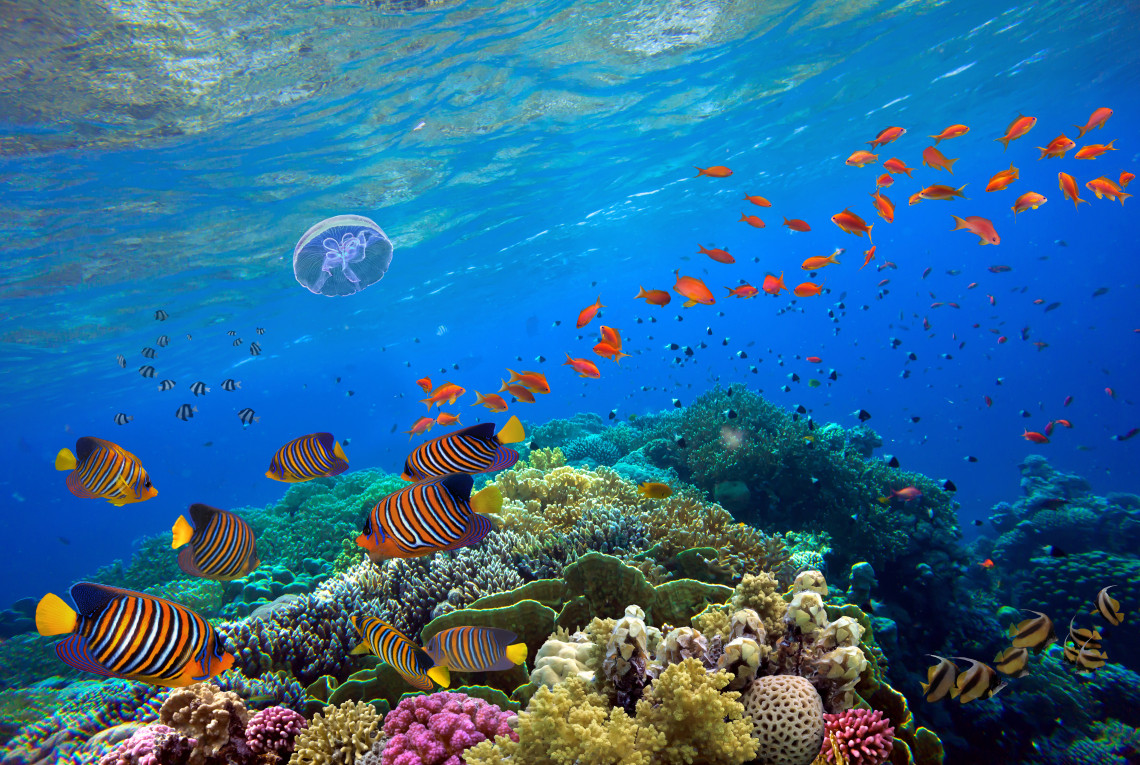Ensuring responsible research on ocean-based carbon removal
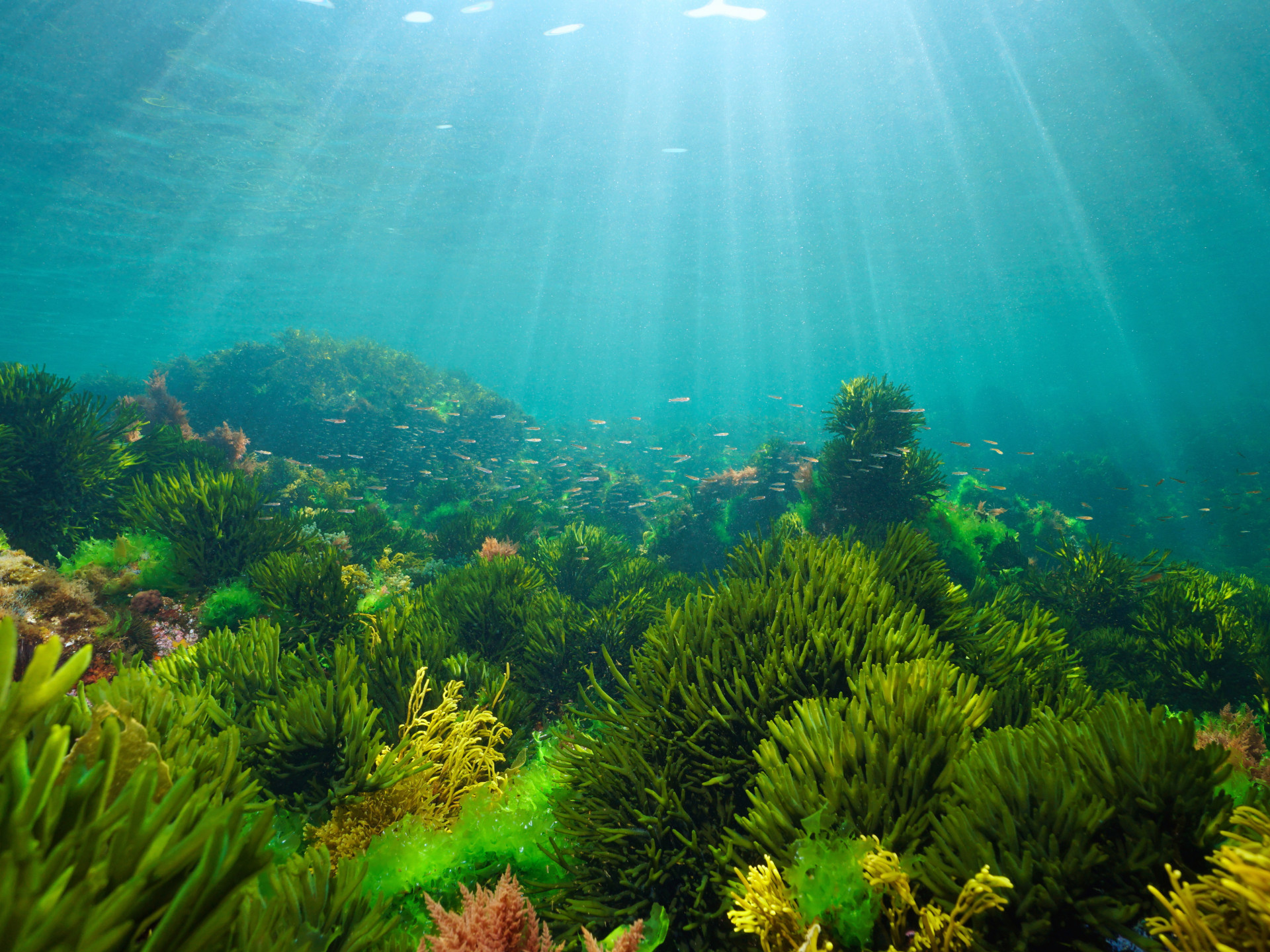
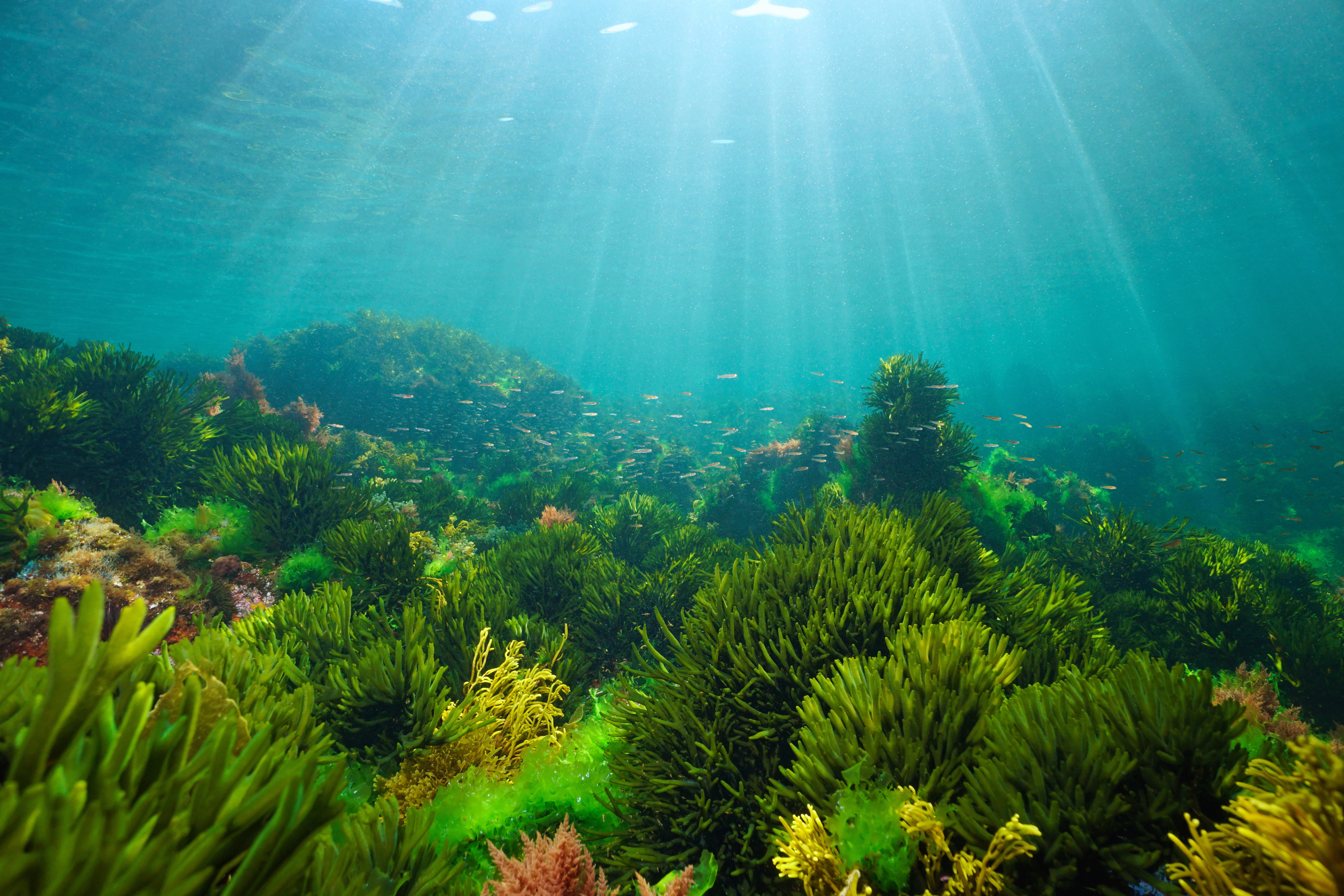
Attention to ocean-based carbon dioxide removal (CDR) methods is growing fast. While many questions, including environmental and social risks, still need to be assessed, research on ocean-based CDR should be conducted in a safe and responsible way, says David Keller, senior scientist at the GEOMAR Helmholtz Centre for Ocean Research Kiel.
In order to achieve the Paris Agreement climate targets, human-made greenhouse gas emissions must be reduced rapidly and drastically. According to the latest Report by the Intergovernmental Panel on Climate Change (IPCC), some greenhouse gas emissions from agriculture, aviation and industrial processes will be hard to avoid completely. These emissions will need to be removed from the atmosphere with the help of so-called carbon dioxide removal (CDR) methods or negative emission technologies (NETs).
Growing research field with many questions
Ocean-based CDR approaches can be broken down by
1) methods, which enhance ocean’s natural (biological, chemical or physical) capacities of CO2 uptake
2) technical CO2 removal methods and
3) hybrid methods, combining natural and technical methods (See more details below).
Biological methods include for example cultivation of macroalgae, artificial upwelling, iron fertilization, terrestrial biomass dumping and engineering of coastal ecosystems such as mangroves, seagrass beds and kelp. Geochemical methods include alkalinity enhancement, whereas artificial downwelling is a physical method. Technical methods include direct CO2 removal from seawater with subsequent storage. Hybrid methods include growing marine biomass for biochar or bioenergy with carbon capture and storage (BECCS), or to sink.

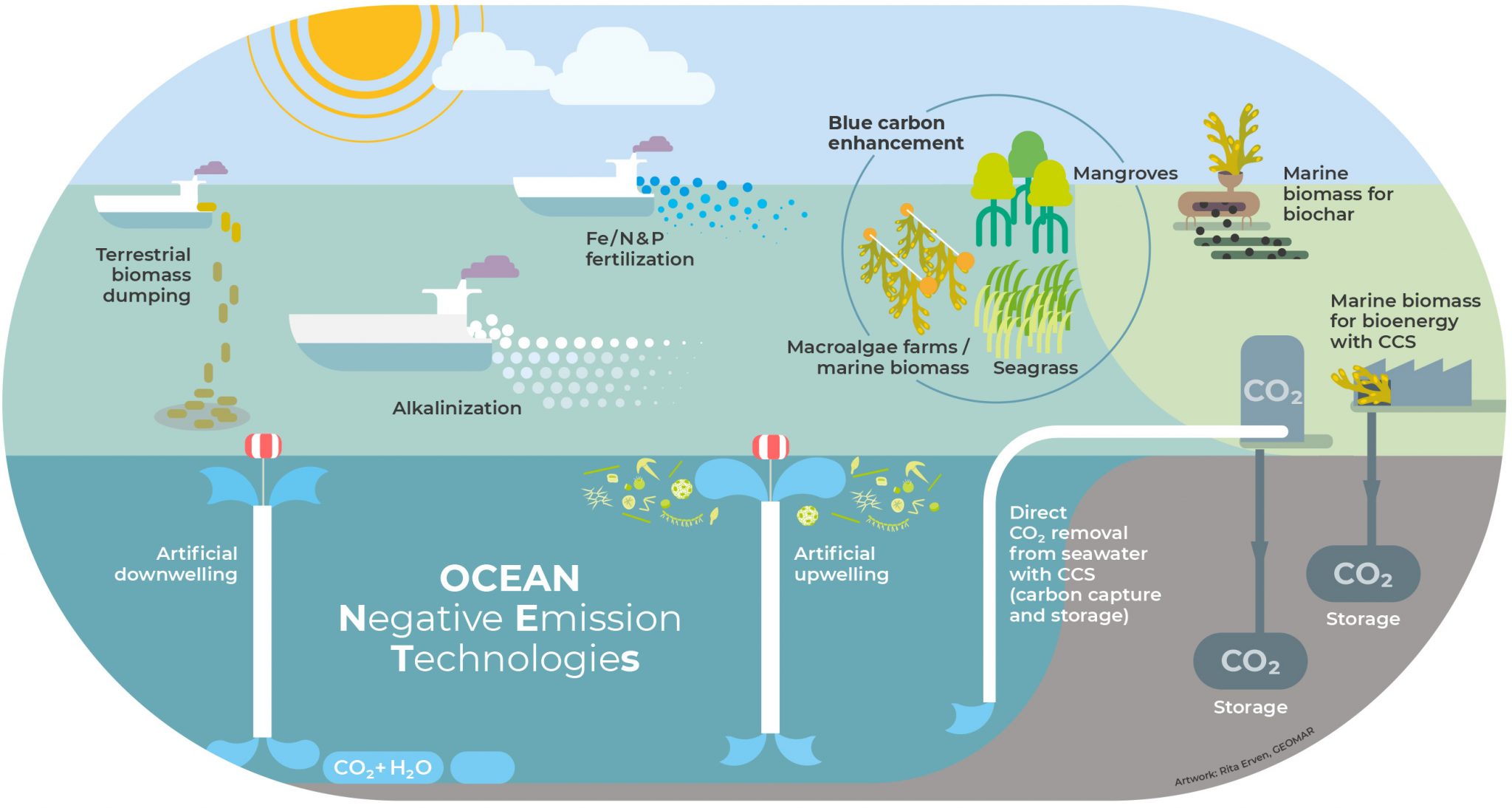
"Ocean-based CDR is a quickly growing field with public and private funding, going into research, advocacy and first field experiments", says David Keller, senior scientist in the Research Unit Biogeochemical Modelling at the GEOMAR Helmholtz Centre for Ocean Research Kiel. Significant public funding of research in this field comes from the European Union (OceanNETs, RESCUE and SEAO2-CDR projects), Germany (research mission CDRmare), the United States (NOAA and ARPA-E) and China (ONCE).
David Keller coordinates the European OceanNETs project, in which 14 institutions across six countries are investigating the potential and side-effects of ocean-based negative emission technologies. The project aims 1. to determine the most effective approaches with low risks and 2. to assess their social, economic and political impacts.
Research shows that all ocean-based CDR methods have their side effects which can be beneficial or harmful, Keller says. "Biological approaches may alter biodiversity, light, nutrient and oxygen availability in the ocean. Geochemical approaches may alter ocean carbonate chemistry with likely positive impacts on ocean acidification, so far poorly known impacts on plankton, whereas some minerals for alkalinity enhancement may add nutrients or toxic metals. These methods will also require a massive infrastructure, including mines, ships and platforms, for large scale CO2 removal. Technical CDR approaches need to filter massive amounts of water, which may lead to plankton mortality, and alter ocean carbonate chemistry. However, these side effects have to compared to the impacts of doing nothing as climate change is already having a massive impact upon the ocean." An additional problem is that some impacts may take years to develop or may develop in a different location, depending on the scale of deployment of CDR methods.
Related links
CDRmare


Many CDR methods studied to date are land-based, but there is a growing research interest to ocean-based CDR methods. The ocean is the world’s largest natural carbon sink and plays a crucial role in global climate regulation. It covers over 70 percent of the Earth’s surface and already absorbs about 25 percent of CO2 emissions annually. As these natural CO2 uptake processes require a long time, many ocean-based CDR approaches seek to accelerate these processes and enhance the ocean’s ability to remove CO2.
According to Keller, many questions regarding ocean-based CDR approaches still need to be assessed. Despite the Earth system modelling studies and a number of field experiments, scientists still do not know how to scale up these approaches and how to minimize or avoid their side-effects. Measuring how much carbon was captured and stored is difficult for many approaches, and existing current monitoring, reporting and verification of ocean-based CDR methods are immature and need to be developed and standardized.
"We also need to assess what CDR approaches are feasible and desirable for different locations," Keller says. "It is clear that there is not one approach that will meet carbon dioxide removal needs everywhere. It will likely be a portfolio of approaches in the ocean and on the land." As all CDR methods have various potentials and risks, many factors will determine the most suitable option for different places, he adds.
Ensuring "safe and sustainable" research
The existing assessments of CDR approaches have focused on their technical and economic feasibility, Keller says. As part of the ASMASYS research group within CDRmare, Keller is working on a unified and transdisciplinary assessment framework, which explores not only feasibility, but desirability of various ocean-based CDR approaches in consultations with stakeholders in Germany. Strong emphasis is put on assessment criteria, addressing legal, social, and ethical aspects such as transparency, fair distribution of benefits and burdens as well as justice questions.
To ensure that research on ocean-based CDR methods is conducted in an ethical and responsible way and minimizes risks to the society, natural world and ecosystems, Keller developed a Code of Conduct for Marine Carbon Removal Research together with an international team of scientists, led by the ASPEN Energy and Environment Program. The Code of Conduct provides recommendations on processes, procedures and activities, making sure the respective research is informed by ethical, scientific, economic, environmental and regulatory considerations.
Keller says he got involved in research on ocean-based CDR methods about ten years ago. Skeptical about some of the ideas on ocean-based CDR back then, he started conducting modelling research to show their side-effects. "But over time, as the humanity hasn’t made much progress on mitigating climate change, I realized that we need CO2 removal. And if we need it, my focus will be on how to do it in the most safe and sustainable way as possible," he adds.
Ocean-based carbon dioxide removal methods
Biological methods
Transporting nutrient-rich deep ocean waters with the use of pipes or wave pumps to the upper layer of the ocean can have a fertilizing effect. Nutrients stimulate growth of phytoplankton and more CO2 can be fixed in their biomass. When phytoplankton die and their biomass sinks into the deep ocean, the fixed carbon can be stored at depth for decades to thousands of years, depending on the location. Uncertainties exist about how much CO2-rich deep water would be pumped and about biological and other side-effects of the approach. More information.
This approach aims to harvest and dump terrestrial biomass in the deep ocean, anoxic waters, or bury it in coastal sediments. Terrestrial biomass contains the carbon, removed from the atmosphere by vegetation during growth. Side-effects include burying seabed fauna, leading to suffocation and death of organisms, disrupting sediment biogeochemistry, and potentially creating new areas without oxygen. The released carbon and nutrients may also return to the surface on timescales of decades to thousands of years, depending on the location.
Ocean fertilization approaches aim to add certain elements (e.g. iron sulfate) to the upper sunlit layers of the ocean, which stimulate phytoplankton growth. The process of photosynthesis fixes carbon, turning it into phytoplankton’s biomass. When phytoplankton die and their biomass sinks into the deep ocean, the fixed carbon can be stored at depth for decades to 1000s of years depending on the location. Uncertainties about how much carbon dioxide can be sequestered through these approaches exist. Known side-effects include altered plankton biodiversity and productivity (both locally and even remotely if done at a large scale). If done at a massive scale, modelling studies have shown that this can affect ocean oxygen. More information.
Coastal ecosystems such as mangroves, seagrass beds, salt marshes, and kelp are extremely efficient at absorbing CO2 and storing carbon in their biomass and soil. Maintaining, restoring and engineering of coastal ecosystems can increase the amount of carbon stored in coastal sediments. This approach has positive ecological co-benefits: it promotes biodiversity and provides important habitats for many species. It also helps to protect coasts from erosion, storms, and sea level rise. The sequestration rates of this approach are highly variable and depend on species, geography, and environmental conditions. More information.
Chemical methods
Alkalinity is the capacity of a solution to neutralize acid. Increasing the alkalinity of seawater can enhance its carbon storage capacity. As a result, the ocean can remove more CO2 from the atmosphere and permanently store it. Minerals from crushed silicate, carbonate rocks or manufactured minerals such as lime, when discharged into the surface water of the ocean induce the oceanic uptake of CO2 when they dissolve and increase alkalinity (if the alkaline waters remain in contact with the atmosphere). Alkaline solutions can also be generated from water itself via electrochemistry in reactors, and then added to the surface ocean. For mineral based approaches, this chemical neutralization requires more than one ton of rock per ton of CO2 removed.
To achieve a global effect, a whole new mining and industrial manufacturing industry on a large scale would have to be established for the amount of minerals needed. For electrochemical approaches new infrastructure would have to created, e.g., as an add-on to existing desalination plants. So far, it is unclear how the alkalinity increases via these approaches would affect marine ecosystems. In addition to risks from potentially toxic contaminants of some rock dust, ecological effects, for example the effect of increased pH value and decreased CO2 partial pressure, still need to be studied. More information.
Physical methods
This approach aims to transport carbon that has been taken up at the surface ocean into the deep ocean where it will be stored for hundreds to thousands of years. So far, this engineering approach exists only in theory and according to calculations would require large amounts of energy with numerous uncertainties about side-effects of the approach.
Technical methods
These approaches aim to chemically or electro-chemically remove CO2 from the seawater and concentrate it for geological storage. Direct removal may then increase the uptake of CO2 in the surface waters of the ocean when water with a lower CO2 concentration is added back to the ocean and re-equilibrates with the atmosphere. Side-effects include the need to filter massive amounts of water with possible impacts on plankton, associated risks of carbon capture and storage, and altered oceanic carbonate chemistry.
Hybrid methods
These approaches aim to grow algae or macroalgae in order (a) to pyrolyze the biomass to form biochar to spread on land or (b) to create biofuels from the biomass that can be burned in conjunction with carbon capture and storage technology or (c) to sink the biomass into the deep ocean. Macroalgae farming may also lead to natural carbon sequestration via dissolved and particulate organic carbon. Uncertainties exist regarding how much carbon gets sequestered and about side-effects on the biology of the ocean via competition for nutrients and shading of the water column by macroalgae farms.
